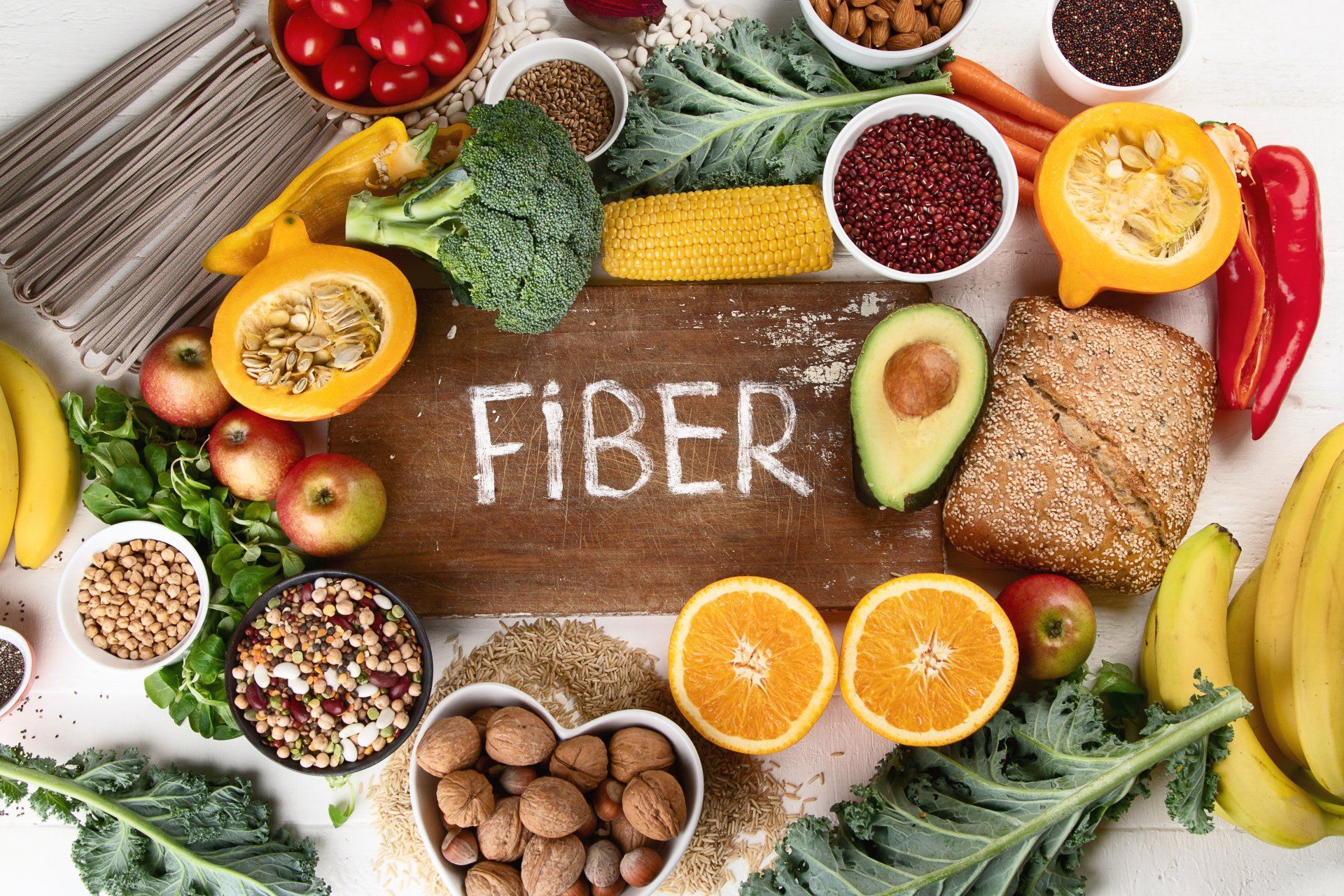






According to the National Kidney Foundation, 1 in every 7 people in the United States has kidney disease. This risk is highest in people with diabetes, cardiovascular disease, high blood pressure and with individuals over the age of 65. The degree of kidney disease can vary from mild to what is called “end stage disease,” which can require dialysis treatments. Symptoms can also vary. In fact, many people in the early stages of kidney disease may not experience any symptoms at all.1
Whether or not you know you have kidney disease, are at risk for this disease or just want to practice good health to protect your kidneys, diet can play an important role. Food and beverage choices do impact kidney health. For example, one study found that two carbonated beverages per day increased risk of kidney function decline.2 Other studies are suggesting high red meat intake may increase risk of kidney disease.3
Plant-based diets are showing the most promise in kidney disease management. This type of diet decreases acidosis, prevents kidney damage and improves gut flora, which in turn impacts kidney function. The amino acid composition of the plant-based diet alone may be a protective factor.
Further, decreased inflammation can play a role in kidney health. Many complications of chronic kidney disease can also be decreased with a plant-based diet, including reducing blood pressure, cardiovascular problems and blood sugar management for diabetes, again which all prevent kidney function decline.4 However, even with these benefits, a diet like this needs to be planned in the context of the degree of kidney function and other nutrient restrictions, such as potassium, phosphorus, sodium and protein.
Certain supplements also show benefits in kidney disease management and prevention such as vitamin D, omega-3 fatty acids, carnitine and B vitamins. However, some supplements need to be used with caution, such as Chinese herbals, creatine, skullcap and yohimbe.5
Learning how to manage your diet and choice of supplements can help preserve your vital kidney organs and overall health.
Joan Hogan is a Registered Dietitian. She is a frequent speaker and writer on the subject of nutrition, food sensitivity, nutrigenetic testing and neurological disease. She recently published the book Nutrition for the Ailing Brain. As a clinical dietitian for over 35 years, she has extensive experience in teaching and implementing nutritional programs for health and disease management. She currently provides nutrition counseling through her private practice Food 4 Life. Learn more at www.food4lifecounseling.com.
References
1.Foundation, N.K. One in Seven American Adults Estimated to Have Chronic Kidney Disease. 2019; Available from: https://www.kidney.org/news/one-seven-american-adultsestimated-to-have-chronic-kidney-disease.
2.Saldana T, B.O., Darden R, et al, Carbonated Beverages and Chronic Kidney Disease. Epidemiology, 2007. 18(4): p. 501-506.
3.Aparicio, M., Protein Intake and chronic Kidney Disease: Literature Review 2003-2008. J Renal Nutrition, 2009. 19(5S).
4.Cases A, C.G.S., Mas S, Gonzalez-Perra E, Vegetable-Based Diets for Chronic Kidney Disease Is it time to reconsider. Nutrients, 2019. 11: p. 1263.
5.Smolinski, S., Dietary Supplements:Adverse Reactions and Interactions. Pharmacy Practice News 1998: p. 20-24
Please consult with your health care provider to make sure you take the appropriate supplements.







Please give us a call for today’s deli hours as they can vary due to staffing.
Grab and go options are always available until close.
FEDERAL WAY
Monday-Saturday: 8 am - 8 pm
Sunday: 9 am - 7 pm
Please call for current deli counter service hours. Grab and go options available until closing.
2565 S. Gateway Center Place
Federal Way, WA 98003
TACOMA
Monday-Saturday: 8 am - 8 pm
Sunday: 9 am - 7 pm
Please call for current deli counter service hours. Grab and go options available until closing.
2951 S. 38th Street
Tacoma, WA 98409